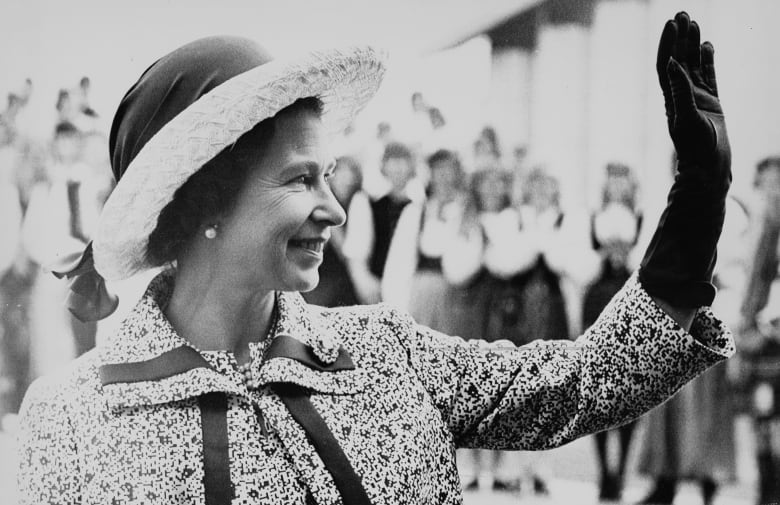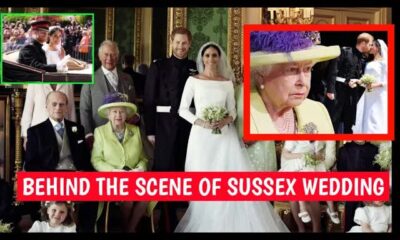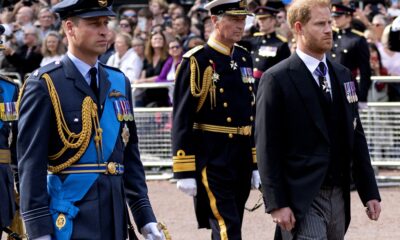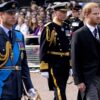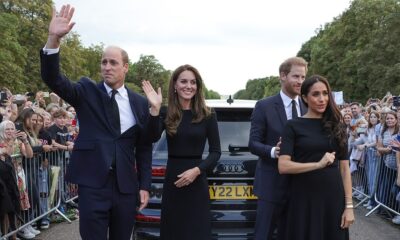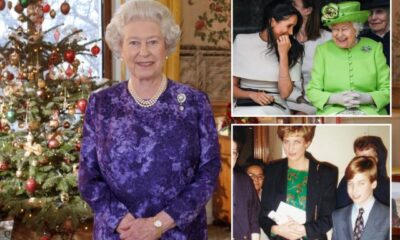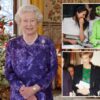Must Read
**Royal Patronages in Limbo Following Queen Elizabeth II’s Passing**
Since the passing of Queen Elizabeth II on September 8, 2022, uncertainty has loomed over various charitable organizations in the United Kingdom and Commonwealth.
Despite the Royal Family boasting an extensive portfolio of 3,000 patronages, the fate of more than 600 charities linked to the late Queen remains uncertain without a designated patron.
This prolonged period of ambiguity has sparked concerns among charity groups and observers, hinting at a potential alteration in the monarchy's traditional role of supporting charitable causes.
Queen Elizabeth II's patronages covered a broad spectrum of sectors, including arts, sports, agriculture, and aviation.
Organizations like the Royal Academy of Arts, National Flying Club, South of England Agricultural Society, and the Professional Golfers' Association were among those benefiting from her support.
These patronages were not merely symbolic; they played a crucial role in raising awareness, securing backing, and promoting causes close to the Queen's heart.
Now, with no royal representative assigned, these charities face the risk of losing both prestige and essential support for their initiatives.
The absence of a royal patron is keenly felt in charities such as Friends of Llandaff Cathedral.
Historically, the monarchy maintained a strong connection with Llandaff Cathedral, with Queen Elizabeth II and her father, George VI, serving as patrons during their reigns.
However, in the absence of royal backing, the charity has lost the support and recognition it once enjoyed.
Linda Quinn, chair of Friends of Llandaff Cathedral, fondly recalls the Queen's involvement, expressing how valued they felt due to her interest and support.
Buckingham Palace's ongoing assessment of patronages, including those held by the current monarch, highlights the changing dynamics within the royal family.
As King Charles assumes his responsibilities, the distribution of patronages must align with the demands of his reign.
Nonetheless, the unresolved status of hundreds of charities during this transition phase holds implications for their operations and effectiveness.
Dr. John Tribe, a senior law lecturer at the University of Liverpool, underscores the societal importance of royal patronages, emphasizing the mutual benefits derived from such partnerships.
Describing it as a symbolic relationship, Dr.
Tribe notes that royal patronages not only benefit the charities involved but also enhance the prestige of the patron.
The royal family's engagement lends credibility and visibility to charitable causes, amplifying their impact and reach.
The royal family's website emphasizes the significant role of patronages in showcasing the achievements and contributions of charitable organizations, tailored to the interests of individual family members.
From healthcare to environmental conservation, patronages reflect the diverse interests and passions of the monarchy, leaving a lasting impact on charitable organizations.
Whether enduring for a specific period or extended indefinitely, these affiliations serve as enduring legacies of royal support for philanthropic endeavors.
As the review of patronages progresses, the future of Queen Elizabeth II's charities hangs in the balance, awaiting resolution in a shifting royal environment.
